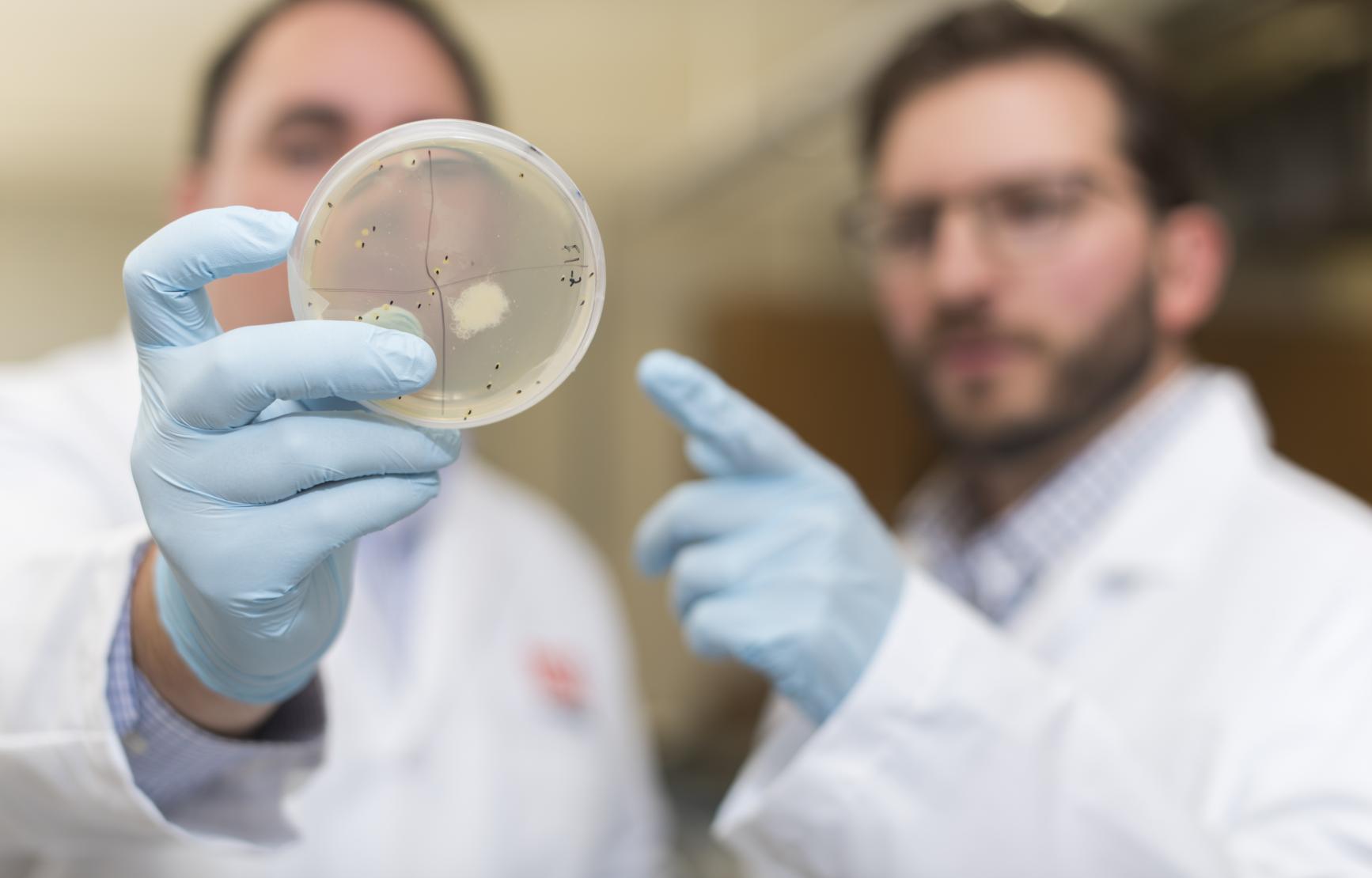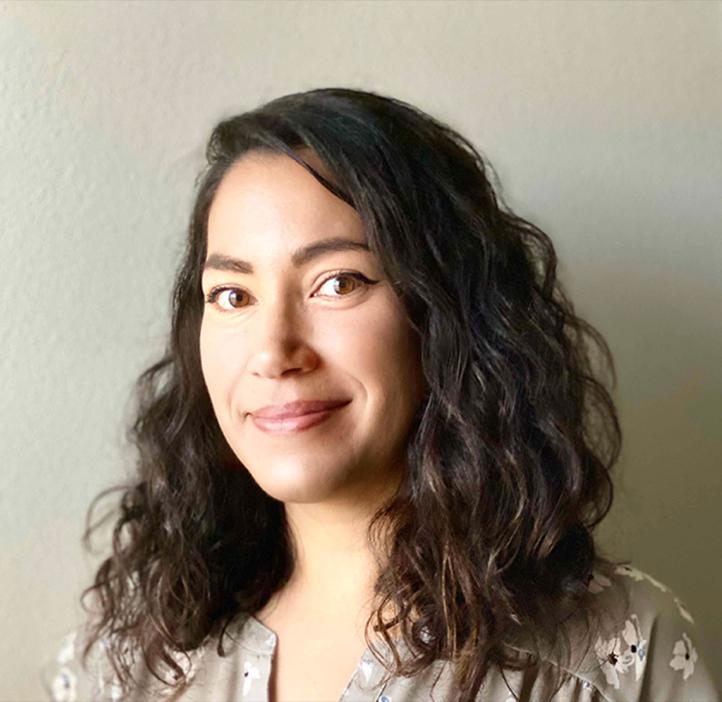There has never been a greater need for statisticians! With advancing scientific progress comes a greater need for statisticians to work collaboratively with faculty in vastly different fields. Climate science, epidemiology, wildlife conservation and agricultural restoration are just a few areas where our faculty have applied an extensive knowledge of statistics to address critical problems in the world.
For example, at the start of the COVID-19 pandemic, assistant professor Katie McLaughlin worked with OSU's Team-based Rapid Assessment of Community-Level Coronavirus Epidemics (TRACE-COVID-19) to design a data-collection strategy tailored to the unique needs of the population. In other research, McLaughlin has similarly applied statistical methods to determine more accurate data on vulnerable populations. McLaughlin is interested in social science applications of statistics, for example, understanding how human behaviors contribute to things like missing data on surveys of at-risk populations.







